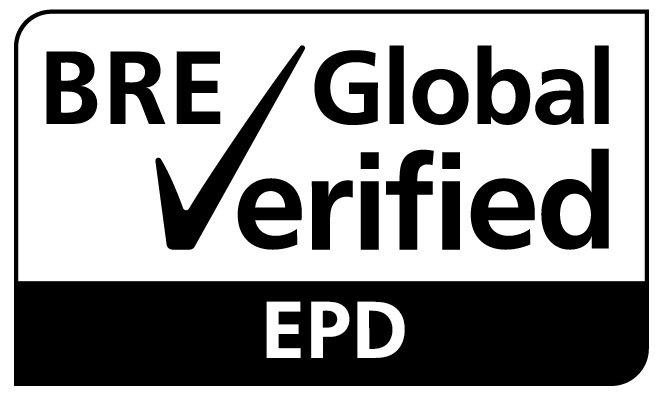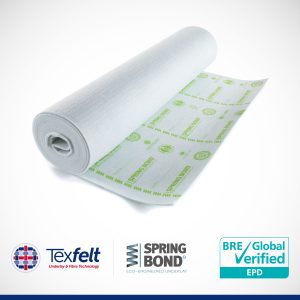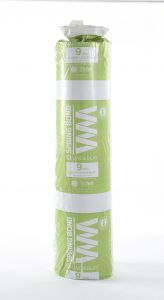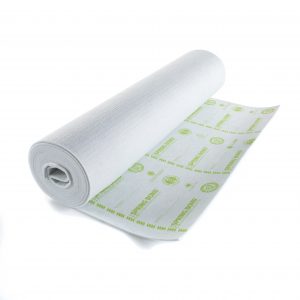
Following the award of its BRE-verified Environmental Product Declaration, market leading nonwovens manufacturer Texfelt has had its first CPD published by RIBA, as it works to raise awareness of the different types of carpet underlay.
Focusing on understanding the manufacturing methods, performance, and environmental credentials of different types of underlay, the CPD will give architects and specifiers insight into underlay manufacturing methods, the raw materials used, the environmental credentials of different types of underlay, insulation and acoustic properties, and applications.
The CPD covers needle felt underlay, polyurethane (PU) foam underlay, crumb rubber underlay, eco engineered recycled PET (EERP) underlay and other types including sponge rubber, combination, underfloor heating underlay, pre-tackified underlay and laminate underlay.
James Taylor, Managing Director at Texfelt, said: “We want architects and specifiers to be aware of the different underlay options available. EERP is a relatively new concept but it will stand the test of time from a sustainability perspective because it can be recycled at the end of its life. Hotel operators and those involved in commercial schemes are becoming increasingly savvy, especially when it comes to the eco agenda, so a product like this gives architects the option to suggest something that’s good for the environment and has performance credentials that speak for themselves.”
Texfelt’s eco engineered carpet underlay, SpringBond, is made from 85% recycled PET plastic bottles and other single-use plastics. It contains no PU foam and there are no harmful volatile organic compounds (VOCs) meaning better air quality.
It comes in three different varieties – 7mm double stick (SpringBond FR) and 9mm stretch fit for heavy contract use, and 11mm for luxury domestic use, offering superb under-foot comfort. The thickness of the underlay means it’s not just comfortable but insulating both in terms of heat and noise acoustics. It also has industry-leading sound-proofing properties, minimising the transfer of noise between floors.
Texfelt’s CPD can be found in the ‘Design, construction and technology’ and ‘Sustainable architecture’ sections here: https://www.ribacpd.com/cpdarticles/core/




